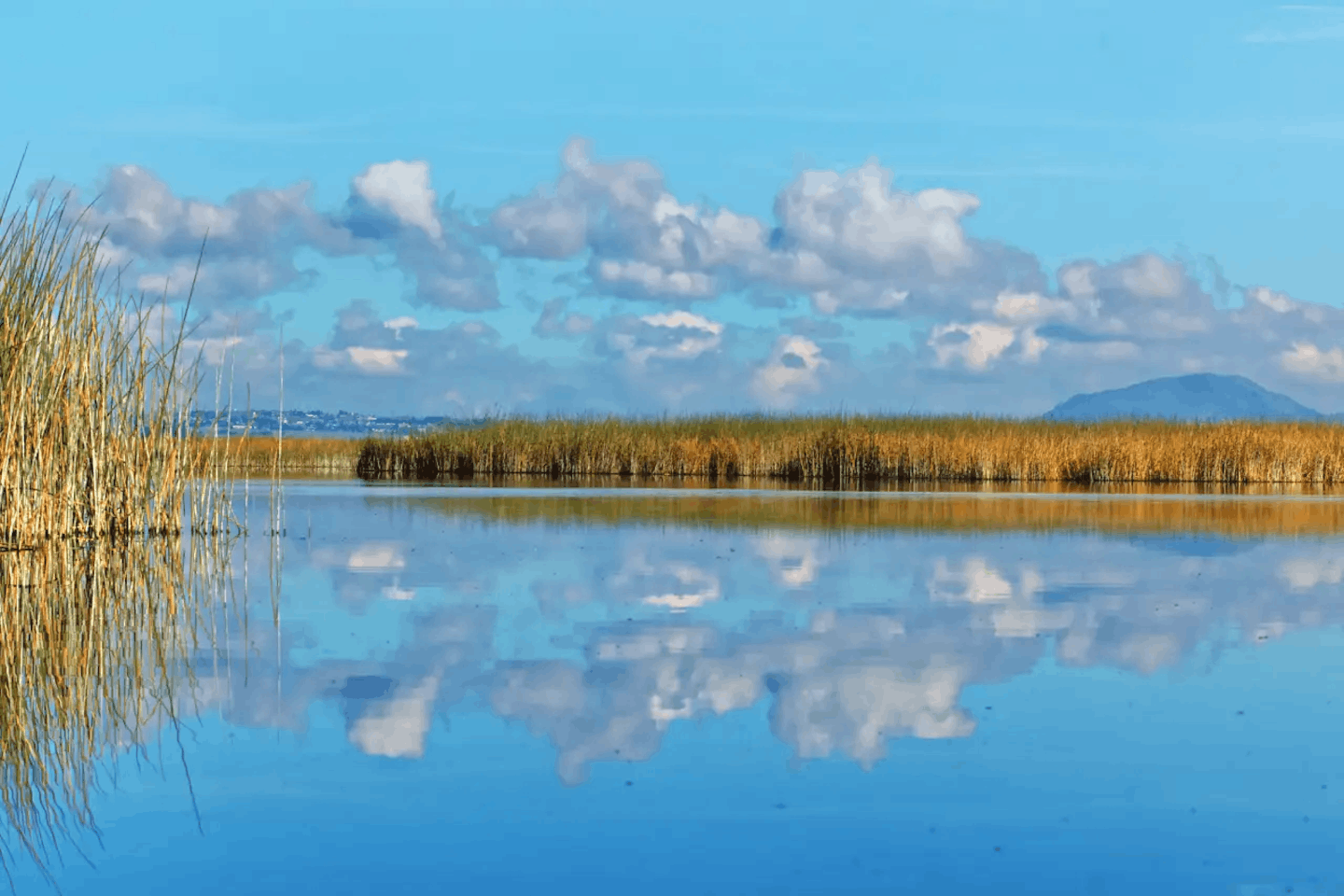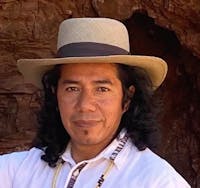Mexican wetlands help regulate the climate and are teeming with life
Wetlands are significant buffers against extreme weather and environmental events, such as torrential rains or prolonged droughts. It has been said that wetland conservation and restoration can prevent millions of dollars in storm losses along coastlines. The same is true for inland wetlands, of which there is a great variety sustaining wildlife and many traditional cultures.
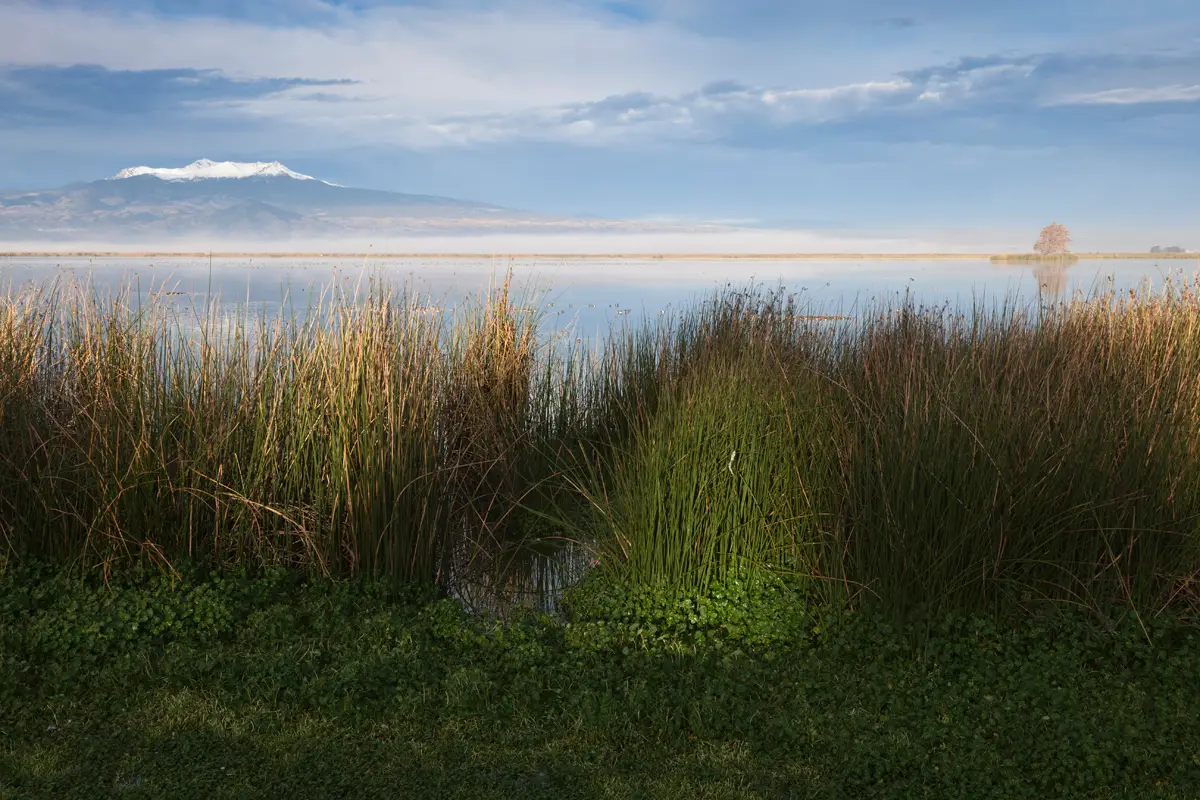
Image credit: Courtesy of Rurik List
The Rio Lerma Wetlands are among the highest in the world. Located at more than 2,500 meters above sea level, they are nested in the plains of Toluca Valley in the Transversal Neovolcanic System running between the Pacific and the Atlantic across central Mexico. It is a region where the Nearctic and Neotropical realms meet, providing unique conditions for the unfolding of endemic species of birds, fish, and amphibians.
Known as Zanbatha, meaning "Valley of the Moon" for the Otomi, and as Tollocan, meaning "Place of Bulrushes" for the Nahua, this lacustrine landscape has great biocultural value for Indigenous peoples. The Otomi-Toltec Peoples have occupied the valley since the glaciers receded 10,000 years ago. Ever since – and until two generations ago, when the industrial belts started to settle in – they have enjoyed bountiful edible plants and animals as well as the natural fiber of the bulrush that they weave into mats, walls, roofs, baskets, and clothing to protect themselves from the cold and rain.

Image credit: Courtesy of Axel Rodriguez
Until five decades ago, the wetlands, known locally as Ciénegas, were home to around 150 birds, 25 species of mammals, 15 fish, eight amphibians, and various reptiles. Aquatic and terrestrial invertebrates enjoy these habitats and microhabitats created by marine and terrestrial plant communities.
The Ciénegas are sanctuaries for migratory birds that escape from the cold winters of North America and remain there between September and March. The altitude, temperate climate, and abundant food are favorable ecological traits for migratory birds. This region has been declared by expert ornithologists an Area of Importance for the Conservation of Birds AICA CLAVE C-11, and since 2004, they are a Ramsar site.
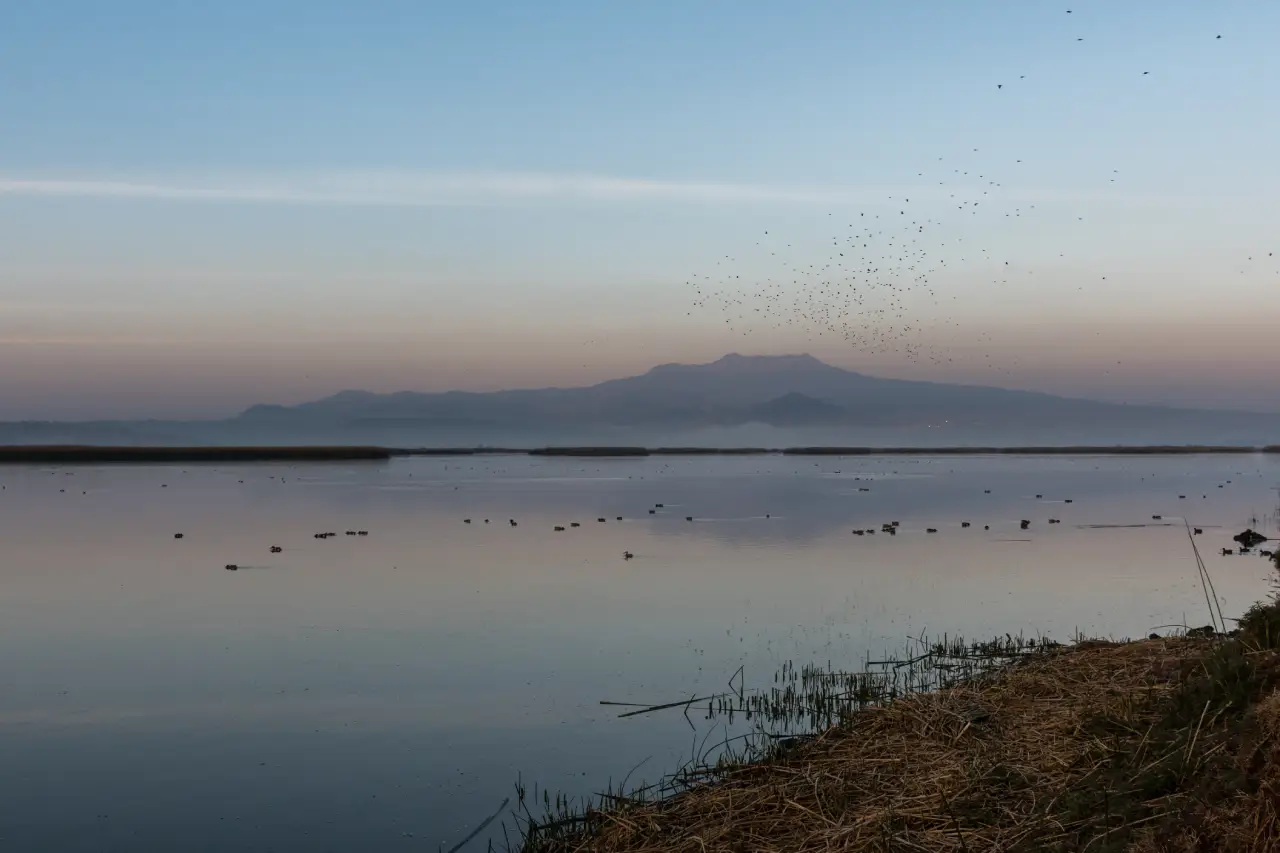
Image credit: Courtesy of Axel Rodriguez
In these shallow freshwater bodies, migratory and residential birds feed on aquatic plants and small fish, annelids (leeches), some mollusks (gastropods and clams), and arthropods (crustaceans, insects, and arachnids). The aquatic vertebrates of the Lerma Basin are so particular that the basin has been considered a separate subregion altogether.
Freshwater reptiles and amphibians are part of the creation stories by local people, as they are said to be the “Children of the Mermaid and the Siren.” The most charismatic being in the lagoon is the axolotl, since its body is shiny and smooth, covered by a secretion that allows it to stay hydrated and free of impurities. It is a salamander that maintains its larval appearance in the adult stage. Its eyes are large, and its flattened, triangular head is crowned with gills.
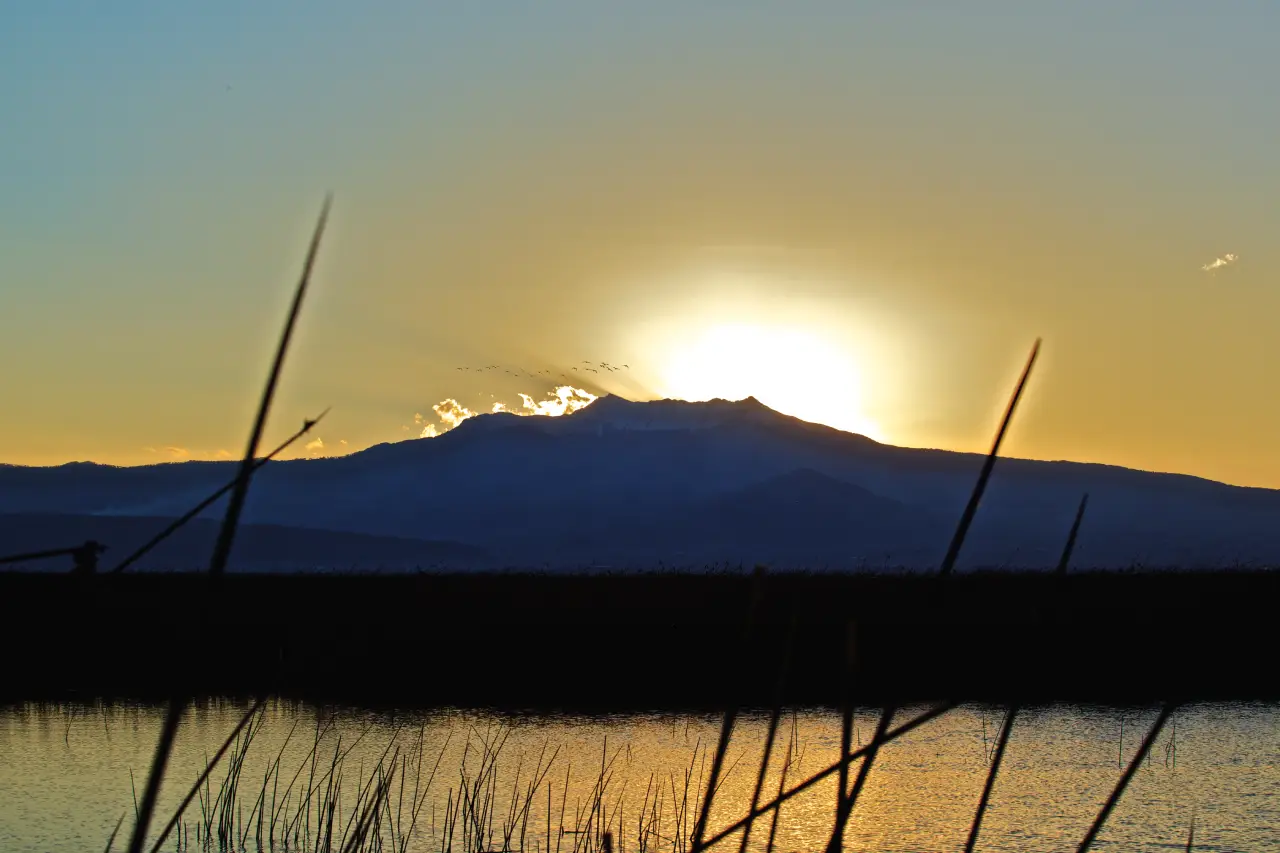
Image credit: Courtesy of Antonio Pastrana
The tributaries that flow into the Ciénegas discharge untreated industrial and municipal waters. Despite the high degree of contamination, the diversity of birds has been maintained by 85%, according to studies by the Alto Lerma Otomi Regional Council. The Ciénegas de Lerma are crucial not only to support the region's biodiversity but also to cushion the effects of climate change that the Toluca Valley is suffering, such as the loss of the eternal snows of the Xinantécatl volcano, the impoverishment of the health of the temperate forests, and groundwater pollution.
Although biodiversity has been dramatically reduced in some cases, local organizations that want to restore the Ciénegas are becoming more in number. They are preparing a program to restore the habitat, improve the quality of the water, and reintroduce native flora and fauna.
